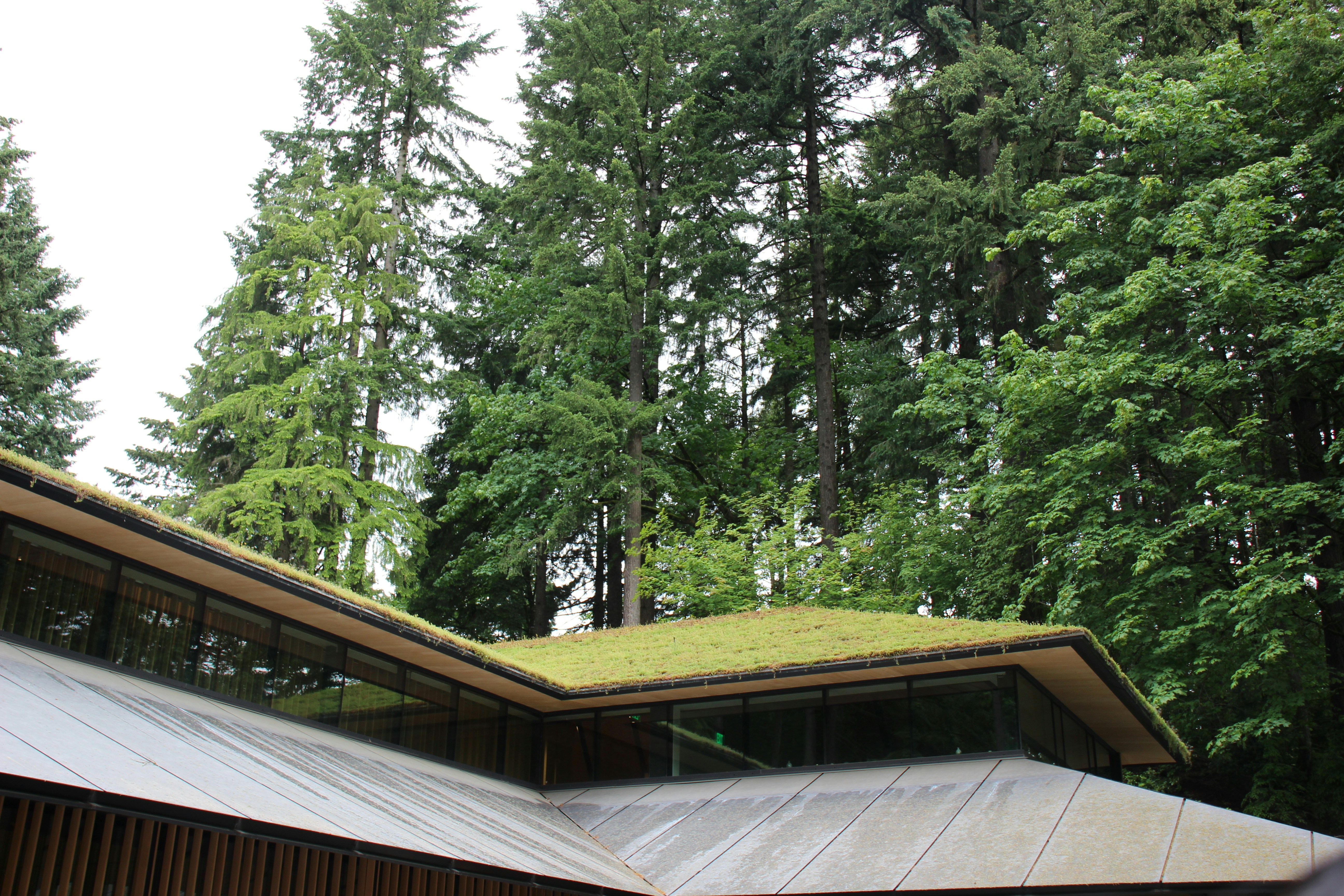Understanding Adaptive Reuse
Adaptive reuse refers to the process of repurposing old structures for new functions while retaining their historical and architectural integrity. This practice plays a crucial role in urban planning and sustainability, as it helps to revitalize aging neighborhoods and fosters a connection between communities and their historical legacies. Rather than demolishing buildings, adaptive reuse provides a more sustainable approach by integrating existing structures into the contemporary urban fabric.
The environmental benefits of adaptive reuse are substantial. By choosing to renovate and repurpose buildings, we reduce the demand for new raw materials, thus conserving natural resources. Additionally, adaptive reuse minimizes construction waste, as fewer materials are discarded in landfills. This method not only mitigates the environmental impact associated with new construction but also promotes a circular economy, where resources are continually reused in various forms.
Numerous successful adaptive reuse projects around the globe exemplify the viability of this approach. For instance, the Tate Modern in London transformed a disused power station into a prominent art museum, breathing new life into the structure while preserving its historical features. Similarly, the High Line in New York City turned an abandoned elevated railway into a lush urban park, showcasing how adaptive reuse can meet contemporary needs without erasing the past.
In essence, understanding adaptive reuse is vital for addressing today’s urban challenges. As cities grapple with issues like population growth, economic constraints, and environmental sustainability, the repurposing of existing buildings offers a pragmatic solution. By valuing our architectural heritage and investing in its future, adaptive reuse can significantly contribute to creating vibrant, sustainable spaces that honor history while meeting modern requirements.
Benefits of Adaptive Reuse
Adaptive reuse serves as a transformative approach to architecture and urban planning, demonstrating numerous economic, social, and environmental advantages. One of the primary economic benefits is the significant cost savings associated with retaining and repurposing existing structures rather than demolishing them. This not only reduces construction expenses but also minimizes the financial burden of new material production. The revitalization of old buildings often stimulates local economies, as these projects can attract businesses and residents, increasing foot traffic and fostering a culture of entrepreneurship within the community.
Socially, adaptive reuse fosters community engagement and revitalization by providing a platform for local interaction and activities. Repurposed structures can serve as community hubs, accommodating creative spaces, galleries, and local markets, which enhance the social fabric of neighborhoods. This approach also enables communities to retain their unique character and historical significance, as many adaptive reuse projects celebrate the architectural heritage of a locale. By preserving the narrative of a place through its buildings, residents develop a deeper connection to their surroundings.
From an environmental perspective, adaptive reuse contributes significantly to sustainability by reducing construction waste and minimizing the footprint of new developments. The practice of restoring rather than demolishing buildings lessens the demand for new raw materials and energy-intensive construction processes. Furthermore, it often incorporates energy-efficient upgrades, improving the overall performance and sustainability of older buildings. In addition, adaptive reuse can support green building standards, contributing to a reduction in carbon emissions associated with construction. The harmonious integration of practicality and sustainability makes adaptive reuse a valuable strategy in contemporary development practices.
Challenges in Adaptive Reuse Projects
Adaptive reuse projects present a distinctive challenge as stakeholders endeavor to breathe new life into older structures while preserving their historical essence. One of the primary obstacles arises from regulatory hurdles, which can range from zoning laws to historical preservation guidelines. Navigating the complexities of these regulations often requires an extensive understanding of local laws and policies, necessitating effective collaboration between architects, developers, and municipal authorities. Without careful planning and consideration of these legal frameworks, projects can face significant delays or even outright cancellation.
Structural limitations also pose considerable challenges in adaptive reuse endeavors. Many older buildings were constructed with materials and design specifications that differ from modern construction practices. This can lead to complications in integrating contemporary systems, such as plumbing, electrical, and HVAC, without compromising the building’s integrity. Furthermore, assessment of the existing structure is crucial for identifying any necessary repairs or reinforcements, which can substantially affect project timelines and costs.
Financial constraints present another significant barrier. The initial investment required for adaptive reuse projects can be substantial, often necessitating a careful financial analysis to ensure feasibility. Although such projects can lead to cost savings in the long run by leveraging existing structures, the uncertainty surrounding potential renovation expenses can deter developers. Engaging in thorough financial planning and raising public and private funds are essential to mitigate these concerns.
Additionally, maintaining a delicate balance between renovation and preserving the building’s historical character is vital. Adaptive reuse should aim to honor the unique features that define a structure’s heritage while updating it for modern use. Community resistance often emerges as residents grapple with changes to familiar landmarks, emphasizing the need for engagement throughout the planning process to foster support and collaboration among all stakeholders.
Future Trends in Adaptive Reuse
The realm of adaptive reuse is experiencing significant transformations that are reshaping urban landscapes. As cities grow and evolve, the integration of modern technology with historical architecture stands out as a prominent trend. Smart building technologies are increasingly incorporated into older structures to improve energy efficiency, enhance security, and support user comfort. For example, retrofitting buildings with IoT sensors can monitor environmental conditions, reducing energy consumption while maintaining the original character of a structure.
Another noteworthy trend in adaptive reuse is the rise of mixed-use developments. These projects combine residential, commercial, and recreational spaces, creating vibrant community hubs. By repurposing existing buildings, developers can meet housing and business needs while fostering a sense of community. This approach not only preserves architectural heritage but also attracts diverse populations, contributing to an invigorated urban fabric.
Furthermore, the preference for eco-friendly materials and sustainable design practices continues to gain momentum in the adaptive reuse sector. The use of reclaimed wood, recycled metals, and environmentally friendly finishes minimizes waste and showcases the commitment to a greener future. Notable case studies of adaptive reuse, such as the transformation of former warehouses into stylish apartments or cultural centers, highlight how sustainability can coexist harmoniously with historical preservation. Future projects are likely to follow suit, signaling a strong shift toward sustainable urban living.
As we look ahead, adaptive reuse projects will increasingly reflect societal values focused on resilience, sustainability, and community engagement. The innovative transformation of structures, once deemed obsolete, not only preserves historical narratives but also allows them to thrive in contemporary contexts. This approach not only benefits urban environments but also reinforces the idea that old buildings can continue to play a vital role in shaping vibrant, adaptable cities for the future.






